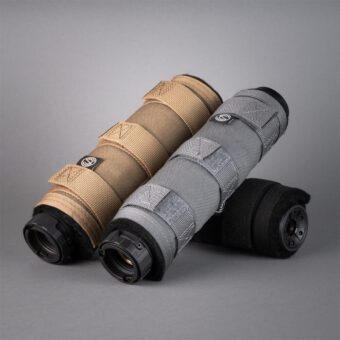How To Get a Suppressor Tax Stamp
Kat Ainsworth Stevens
Getting a suppressor tax stamp might seem daunting, but it doesn’t have to be. This guide breaks down everything you need to know—what a tax stamp is, why you need one, and how to get it. Consider this your one-stop resource for all things related to the suppressor tax stamp.
What Is a Suppressor Tax Stamp?
A suppressor tax stamp is a $200 federal fee required by the ATF to legally own a suppressor in the United States under the National Firearms Act (NFA).
This requirement dates back to the original NFA of 1934, which was later amended in 1986 to further define and regulate suppressors. The cost of the tax stamp was set in 1934 and—despite inflation—has remained unchanged ever since.
It’s important to note that the tax stamp applies per item. That means you’ll need a separate stamp for every NFA-regulated item in your collection, including suppressors, short-barreled rifles and shotguns, and fully automatic firearms. Each new item means another round of paperwork—and another $200 fee.
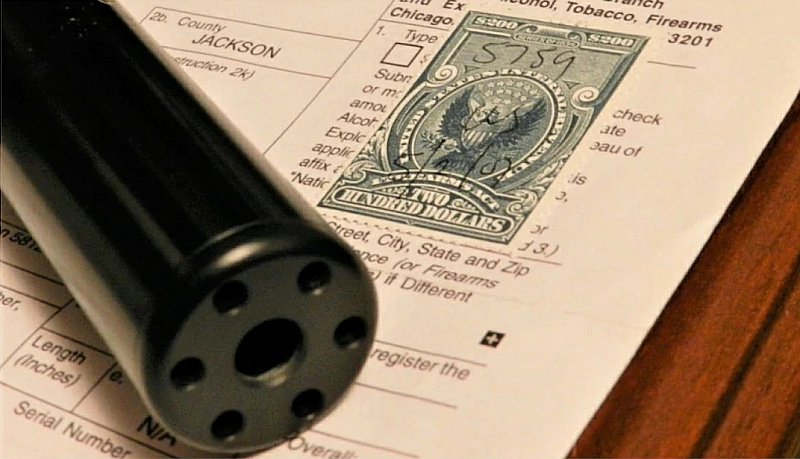
Why Do You Need a Suppressor Tax Stamp?
You need a suppressor tax stamp because it’s legally required by the ATF to register and possess a suppressor under the National Firearms Act. There’s no way around it—if you want to purchase a suppressor, you’ll need to go through the process and pay the $200 fee.
That said, the tax stamp doesn’t just give you legal access—it opens the door to a host of real-world benefits. Suppressors are more than just a cool accessory. They protect your hearing and the hearing of those around you, whether you’re training at the range, hunting in the woods, or defending your home. For hunters, a suppressor reduces your audible footprint in the field. In home defense scenarios, it preserves your ability to hear and react—something that’s often compromised by the deafening blast of gunfire indoors.
On top of that, suppressors help reduce felt recoil, improve accuracy, and make shooting more enjoyable overall. They’re a practical addition to any serious shooter’s setup—and worth the investment.
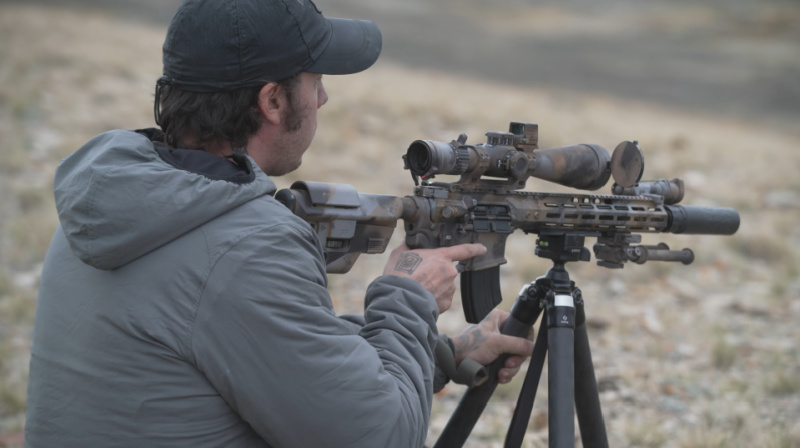
How Much Does a Suppressor Tax Stamp Cost?
A suppressor tax stamp costs $200, a fee that has remained unchanged since it was set in 1934. While this may seem like a good deal considering inflation, it’s important to note that the overall cost of acquiring NFA items, including suppressors, has increased over the years due to other fees and requirements. However, suppressors still rank among the more affordable NFA-regulated products and provide significant benefits, like protecting your hearing during shooting.
How Long Does It Take to Get a Suppressor Tax Stamp?
The time it takes to receive your suppressor tax stamp depends on the ATF’s workload at the time of submission. When they’re processing a high volume of paperwork, expect longer wait times.
Typically, the approval process takes around six months, but it can vary. In 2024, some tax stamps were approved in just a few days, while others have taken much longer. As of April 2025, the wait time for the Form 4 Individual (the form required for a suppressor) is 82 days for paper submissions and just 10 days for eForm submissions.
You can stay updated on current wait times by checking the ATF’s form wait times here.
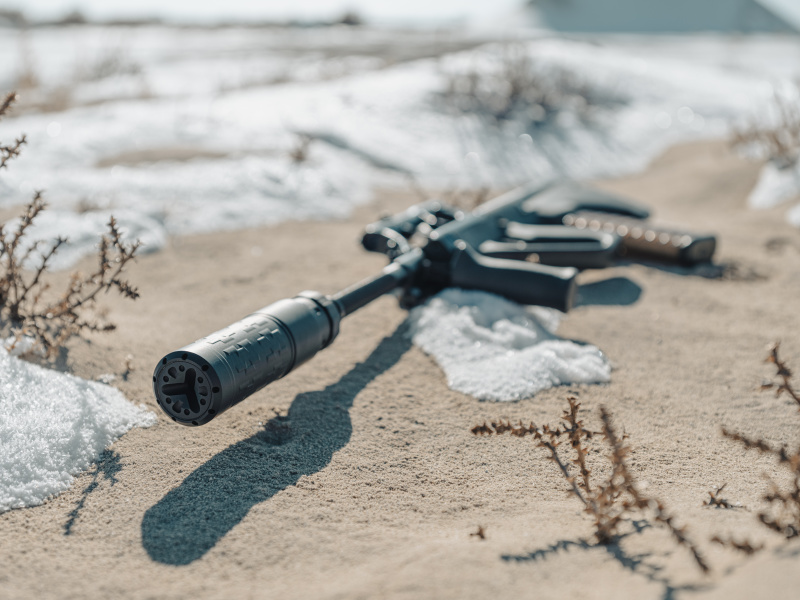
How To Get a Suppressor Tax Stamp: Step-by-Step
The process of getting a suppressor tax stamp involves several steps. Here’s a quick rundown of what you’ll need to do:
Choose a Suppressor
Select the suppressor that fits your needs, considering factors like caliber, size, and intended use. Research different models and make sure they’re compatible with your firearms.Decide on Filing Type
Choose whether to file as an individual, trust, or corporation. Each option has distinct implications for ownership and transfer of the suppressor.Individual: The most straightforward option, where you’re the sole owner.
Trust: A legal entity that allows multiple people (like family members) to legally possess the suppressor.
Corporation: Ideal for business use, where the suppressor is owned by the business rather than an individual.
Submit ATF Form 4
Complete and submit the ATF Form 4, providing details about yourself and the suppressor. Be thorough and accurate when filling it out to avoid delays. You can submit it by paper or electronically (eForm).Pay the $200 Tax
Pay the $200 tax required for each suppressor. This fee must be paid as part of the application process. If denied, the ATF will refund the tax stamp.Wait for Approval
After submission, the ATF will review your application. Once approved, you’ll receive your suppressor tax stamp, and the suppressor will be legally yours.
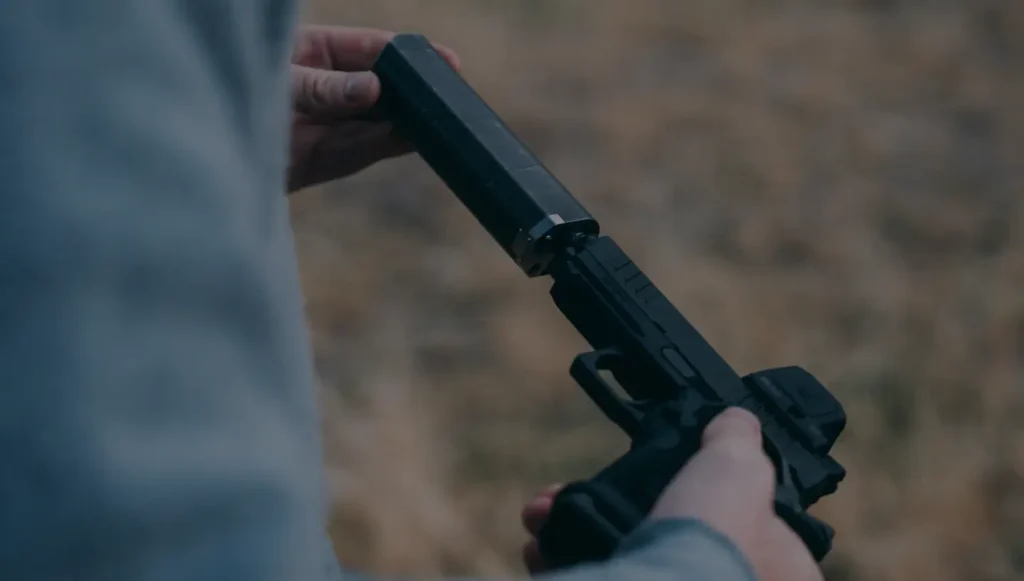
What Is the ATF Form 4?
The ATF Form 4 Individual is the official paperwork required to apply for and receive a suppressor. It’s similar to the Form 4473 used when purchasing a firearm, but there are a few additional steps. Here’s what you’ll need to provide:
Passport-style photograph
FBI Form FD-258 fingerprint card
Physical description
Full legal name, place of residence, and phone number
Many dealers will assist with the process, and some even have kiosks in-store to help streamline things. When filling out the paperwork and making your purchase, don’t forget your form of payment—remember, the $200 tax stamp fee is due up front.
For a more detailed look at how to buy a suppressor, check out our Step-by-Step Guide.
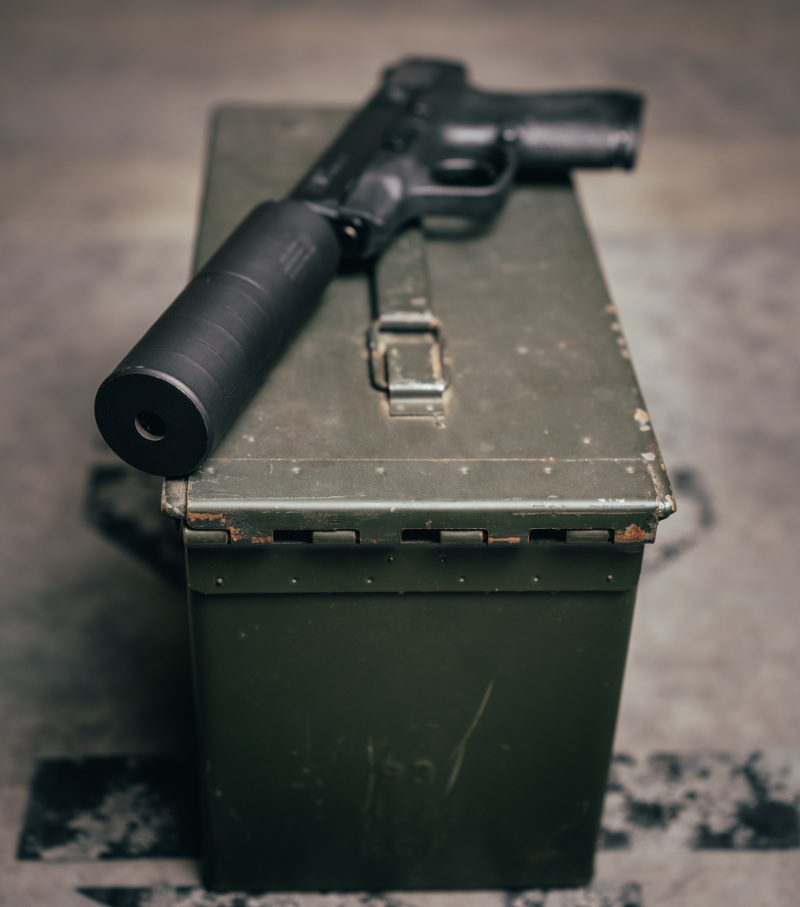
Where Does the Suppressor Tax Stamp Fee Go?
The $200 tax stamp fee ends up with the United States Department of Treasury. The treasury then utilizes the money for the federal government as it sees fit. Your fee isn’t kept by the gun store or suppressor manufacturer.
Do You Need to Keep Your Tax Stamp With Your Suppressor?
Generally, you don’t need to keep the original approved Form 4 with your suppressor. However, it’s a good idea to store a copy in your range bag or rifle case, just in case. If an ATF agent requests proof of your tax stamp, you must provide it—either a paper or digital copy will suffice.
It’s also crucial to stay informed about the laws and regulations in your area, as this responsibility falls on you. Claiming ignorance of the law is never a valid defense.
Note: This is for informational purposes only and should not be construed as legal advice.
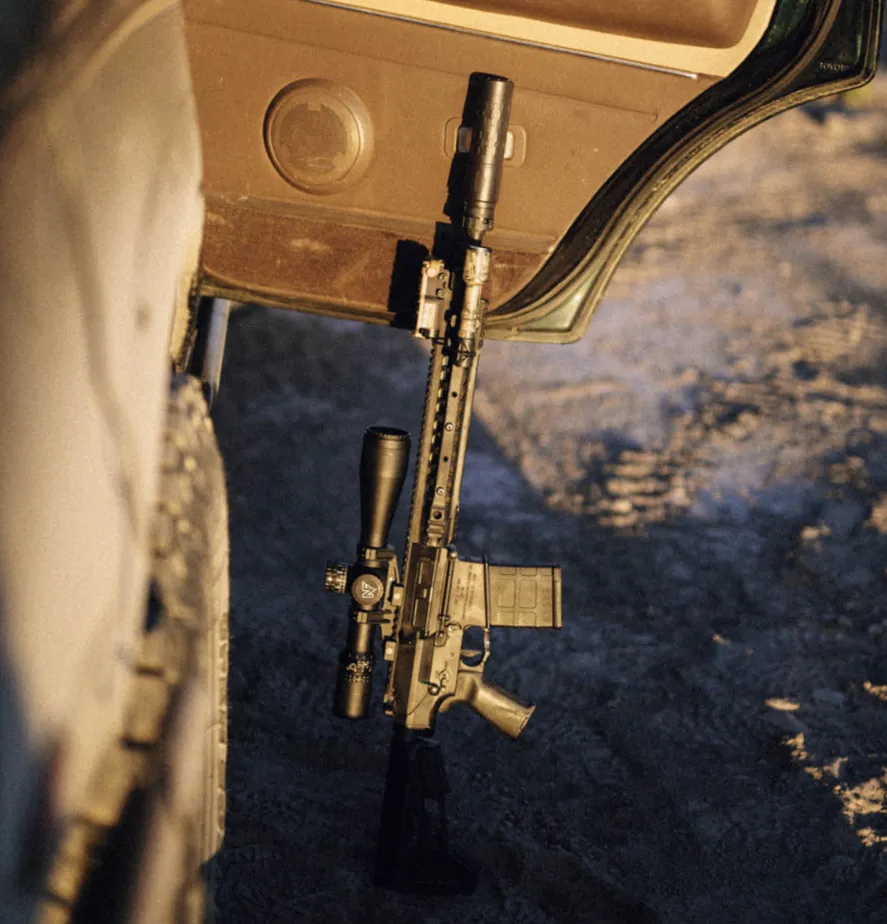
Suppressor Tax Stamp FAQs
When it comes to suppressor tax stamps, you may have some common questions about the rules and requirements. Here are answers to some frequently asked questions:
Do I Have to Show My Tax Stamp at the Range?
No, you’re not legally required to show your tax stamp at the range. While some range employees may ask for it, there’s no legal obligation to provide it unless an ATF agent requests proof in an official capacity.
Can I Transfer My Suppressor Tax Stamp to Another Suppressor?
No, each suppressor requires its own tax stamp. You can’t transfer a stamp from one suppressor to another. Instead, you’ll need to apply for a new stamp and pay the associated fee.
Can I Give My Tax Stamp to Someone Else?
No, you can’t give your tax stamp to someone else. Selling a suppressor requires additional paperwork, including a new tax stamp. Make sure to fully understand the legal process before selling any NFA item. If unsure, consult a qualified attorney.
Can Someone Else Use My Suppressor?
It depends. In general, a lawfully qualified person can use your suppressor in your presence. However, you can’t lend NFA items. If you want someone else to have legal access, you can create an NFA Gun Trust and add them as an authorized user. This allows them to use your suppressor outside your presence, as long as they’re legally eligible.
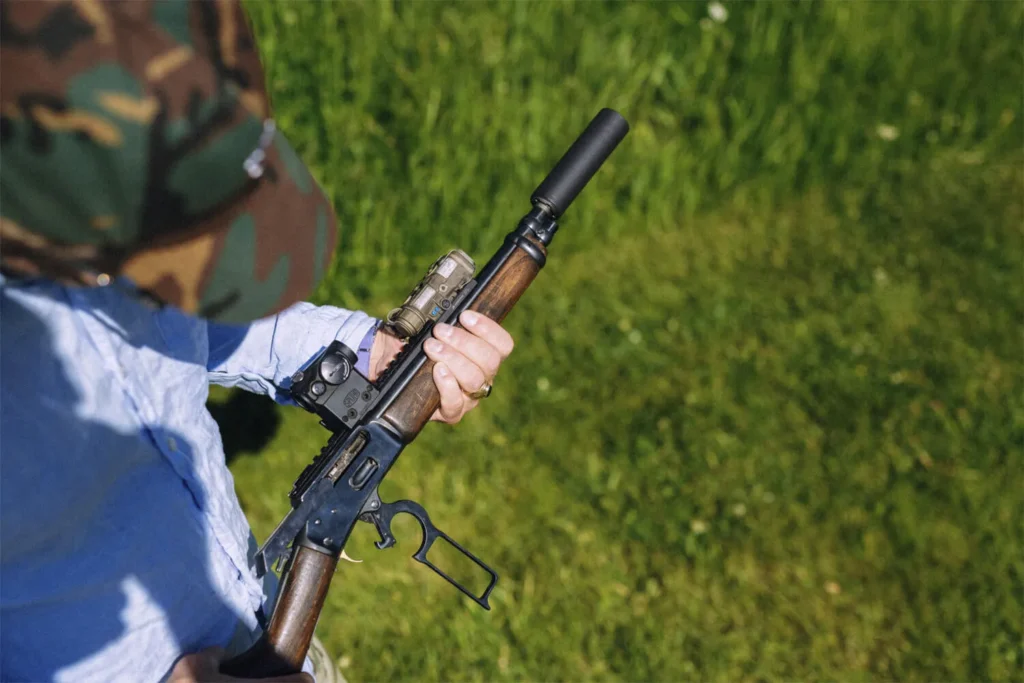
Final Thoughts
While the process to obtain a suppressor tax stamp involves several steps, it’s a worthwhile investment for both recreational and practical purposes. The benefits—such as hearing protection, reduced recoil, and improved accuracy—make the wait and paperwork worthwhile.
For more detailed information on the process, including the ATF eForm and Form 4 procedures, visit SilencerCo’s guide on ATF eForm and Form 4 Process.







